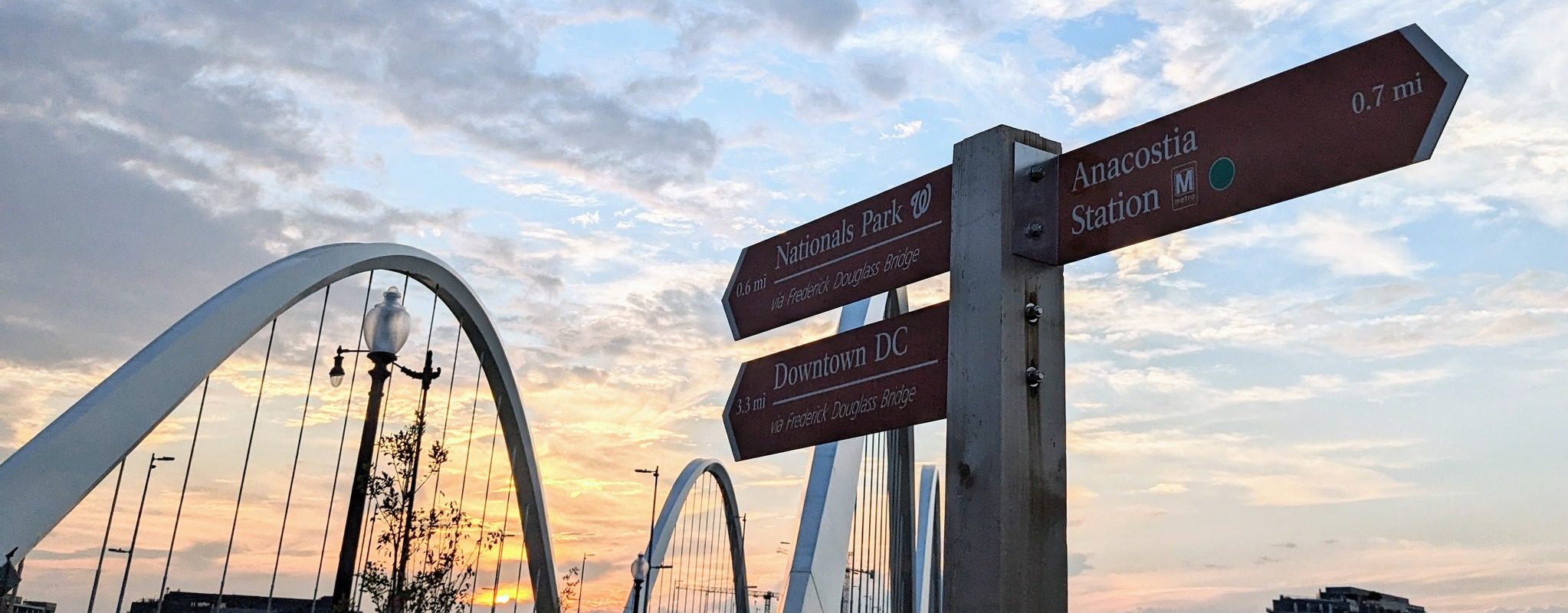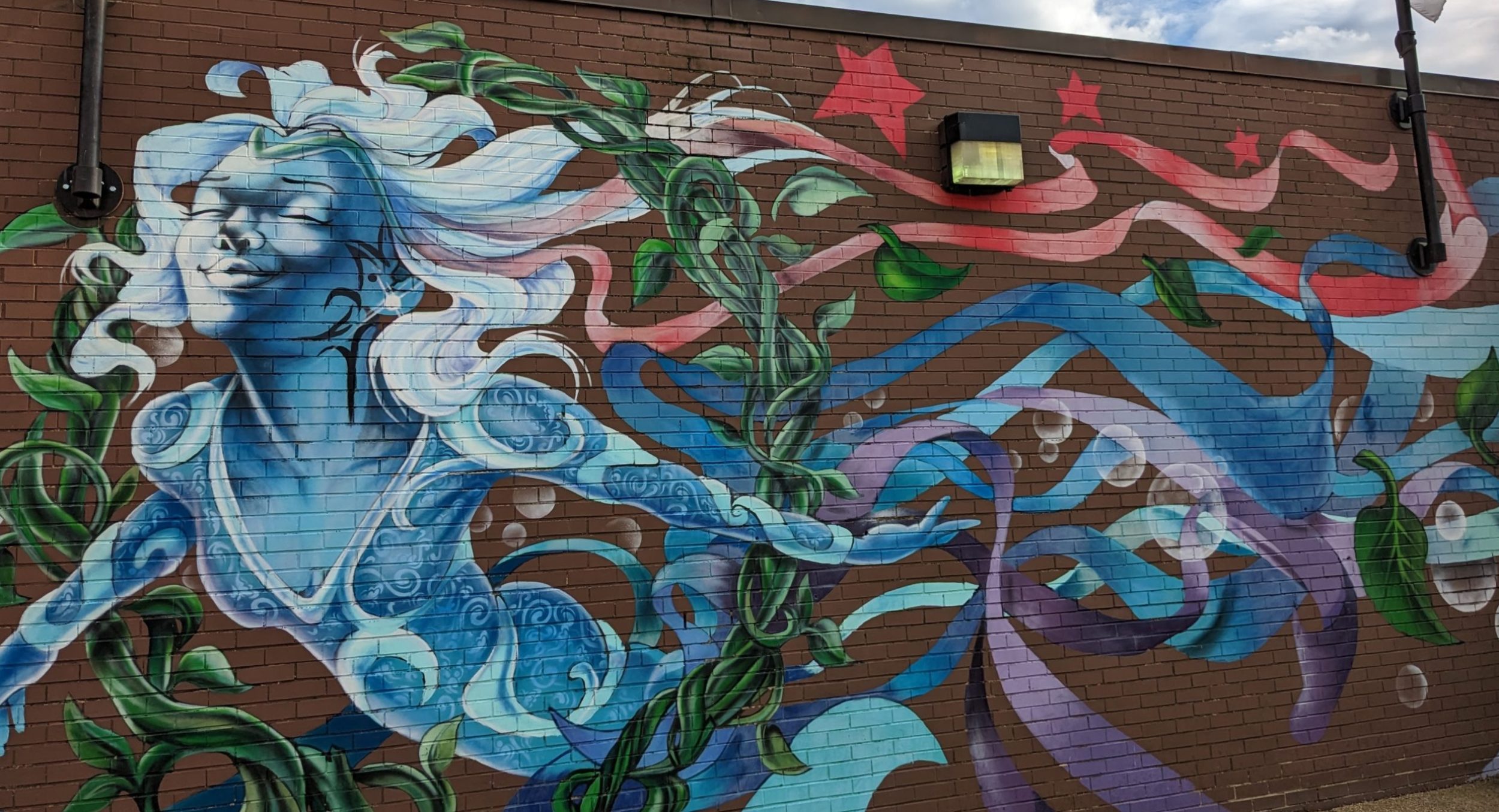Easter Island looks something like Ireland with rocky coasts and green rolling hills. But Easter Island adds to this tropical foliage. Shiny leaves of banana plants rise above walls made of reddish volcanic stone in the gardens of Hanga Roa, the island’s main town. Inside those walls, tall roses stand near the orange and purple flowers known as birds of paradise.
Little hawks seem almost as common on Easter Island as sparrows are in my hometown, Washington, D.C. They perch on fences and rocks. They seem little concerned when people approach.
seem almost as common on Easter Island as sparrows are in my hometown, Washington, D.C. They perch on fences and rocks. They seem little concerned when people approach.
Horses roam the entire island. We saw them run in dozens across green fields leading to the bluest of seas.
Another two had a fine romp across the field of a small Chilean military base. The horses also tend to mill around the entrance to the airport.
In Hanga Roa, they share the road with dogs and chickens.
Small-Town Island
Rush hour in Hanga Roa means braking for two hens, each accompanied by two chicks. The birds cross the road and then cross back before disappearing through bushes. On another street, cars slow down as a yellow dog decides to try to bite the bumper of a white car.
It’s a small-town island. When the Lan Chile agent confirming our return flight to Santiago asked where we were staying, my husband and I turned to each other and debated how to pronounce the Polynesian name of our little hotel.
“Oh, you’re staying with Theresa,” said the agent, who heard our talk and correctly guessed which of his neighbors our host was.
A taxi driver offered us a good price on a ride to Easter Island’s beach, Anakena, $12 instead of $18. But he had to make a stop first to deliver bread to a corner sandwich stand. It was the same place where David and I had been eating, a refuge from the $100-a-dinner places near the beach. We talked with him on the road to Anakena about the stand’s specialty, a tasty giant $3 barbecued meat sandwich known as churrasco.
At Anakena, the faded light green of the hills sloping down toward the beach clashes with shining turquoise water. No matter. There’s no beach I’ve seen that is even close to its beauty. The water is so clear that we watched our feet disturb the soft white sand below.
Oh, and from this beach, you look
through tall palm trees at statues more than 10 feet tall standing on a platform, which rises about six feet from the sandy beach.
These are some of the statues that make Easter Island, this speck of volcanic remnants lost in the deep blue Pacific, famous throughout the world. The statues are called moai, pronounced like the verb, mow, and the noun, eye. More about them in my next entry.

